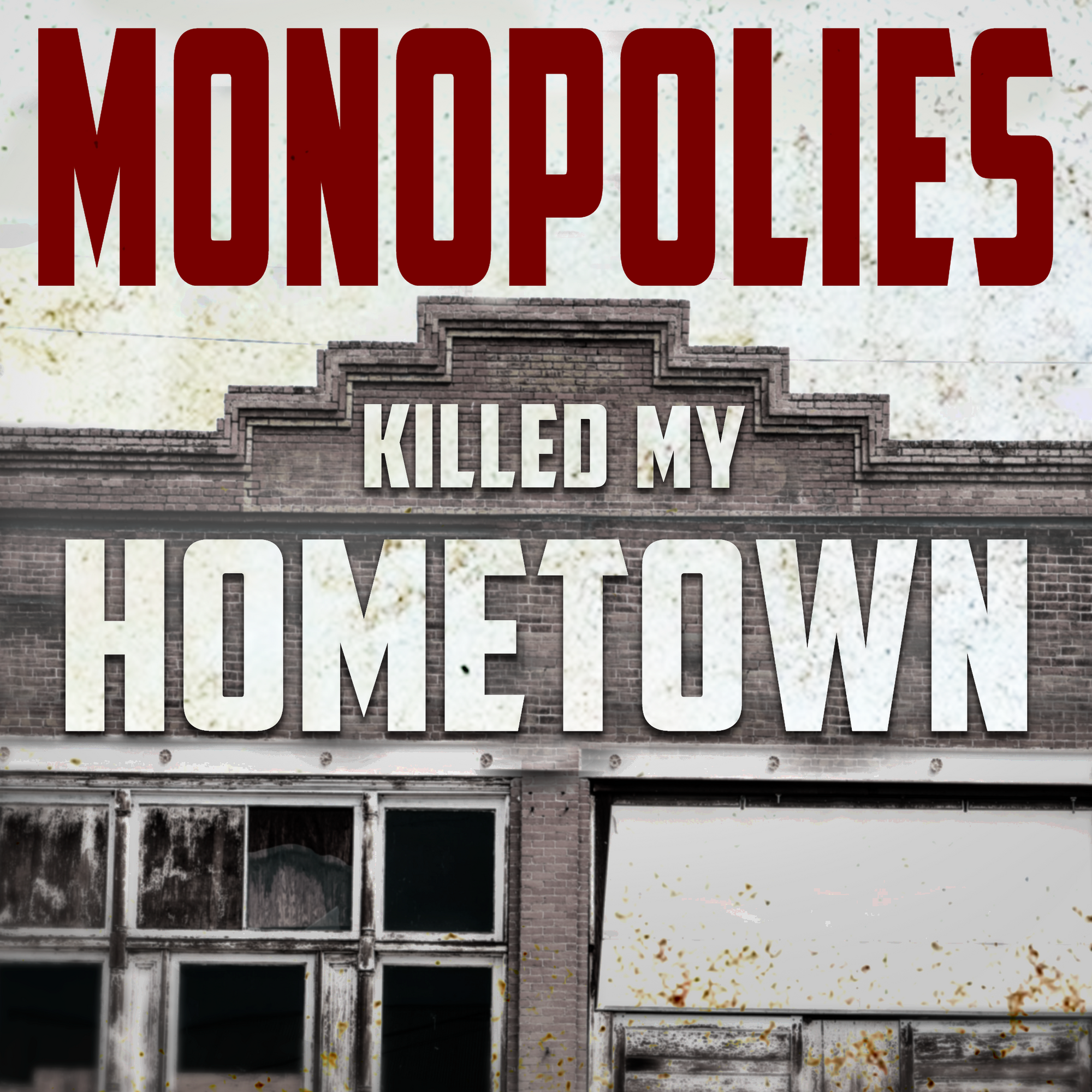5 Small things to keep in mind for October 6, 2022
Welcome to the first newsletter sent from our new website. Happy Thanksgiving to all who celebrate, and happy day before the baseball playoffs also.
1) E13: The Price Spreads Report - Department Stores
I'm continuing my deep dive into the Price Spreads report and its look at the retail industry in the 1930's. This week's episode is all about department stores, like Eaton's and The Bay.
In the 1930's Eaton's did 7% of all retail sales in Canada. Canada has a long history with Hudson's Bay Company (HBC).
I look back briefly on the history of HBC and how they used similar monopolistic tactics when they had the dominant position in the fur trading industry. And to connect back to today, I talk a lot about Amazon. I know Amazon wasn't around in the 1930's, but Amazon has a lot of the same dominant characteristics and impacts today that the department stores had in the 1930's.
2) What were the Maritime department stores?
Important question for any Maritimers out there, or anyone with some insight.
The Price Spreads report said there were 20 department stores in the Maritimes in 1934. What were they? Can you help me figure this out? Reply to this email if you have any insight.
Here's the list I have so far:
- 2 Barker's - Amherst and Truro (eventually became Margolians, and then, in Amherst, Dayles)
- Eaton's - Halifax
- Robert Simpson - Halifax
Other stores my dad suggested:
- Lounsbury's - Moncton and the North Shore, NB
- Wholeman's and Smallman's - Charlottetown and Summerside, PEI
- Goodman's - New Glasgow and Antingonish, NS
- Crowell's - Sydney, NS
I suspect there were department stores in the major centers like Bridgewater, Kentville, Yarmouth, Fredericton, Saint John. But, what were they?
3) Effective governing helps Competition and innovation
The EU reminding us that we can—and should!—collectively shape how technologies that impact everyone are developed and deployed. Universal charging will cut down on e-waste & save people money—an innovation that will benefit everyone, if not Apple's bottom line https://t.co/tUPZ0gvJO1
— Brian Merchant (@bcmerchant) October 4, 2022
Forcing Apple and other manufacturers to use a standard charging port, also known as interoperability, is an essential way to use legislation to foster competition and spur innovation.
A historical example, we required the largest telephone companies, AT&T and Bell Canada, to use a standardized phone jack for their network. This way anyone could build accessories and connect to the network. Leaving this to "the market" would have led AT&T or Bell Canada to use a proprietary phone jack which they could have charged exorbitant fees to use or not let anyone else use. This would have limited their competition.
Would AT&T's or Bell Canada's choice been the best technology? Maybe. I can guarantee they would have chosen the technology that benefited them the most, and maybe we'd luck out and it would also be the best technology for us, too.
3) A more recent example I think about
Any talk about interoperability and choosing between formats makes me think of Blu-Ray vs HD DVD from the mid 2000's. I was working in the home theater department at Future Shop when this debate started. (Tangent: There is a fascinating story to be told about Best Buy purchasing Future Shop and then placing Best Buy stores next to Future Shop locations.)
We had a section with Blu-Ray players and a section with HD DVD players. Customers would come in and ask what they should buy. I had no idea what to tell them - how was I supposed to know who was going to win?
Now HD DVD vs Blu Ray is probably less consequential than connecting to the phone system. But, both formats let people play HD movies at home because they could store more data than a typical DVD.
Quick primer:
HD DVD was backed by Toshiba and had some benefits over Blu-Ray. They were cheaper to manufacture and could be made on similar manufacturing lines as regular DVDs.
Blue-Ray was backed by Sony. They cost more to manufacture but they could hold a lot more data than HD DVDs. Blu Ray is also easier to say.
The Blu-Ray format won out - until streaming came along. But, how did this happen?
Simple - Sony put a Blu-Ray player in the PlayStation 3. Anyone who wanted to play PlayStation games now had a Blu-Ray player and if they were going to buy any movies they were going to buy Blu-Rays.
Technically 'the market' decided. But, only because Sony used their dominance in one industry to force 'the market' to decide their way.
What could we have done about this? Probably mandated that all HD DVD and Blu-Ray players could play both formats.
4) How predatory buying is killing small businesses

Ron Knox and Stacy Mitchell with the Institute of Local Self-Reliance wrote a fantastic report on predatory buying.
Predatory pricing is when a dominant or powerful firm prices a product below the cost they paid with the goal of driving competitors out of the market.
Predatory buying is when a dominant or powerful firm demands price concessions, marketing allowances or special terms that aren't available to other smaller or less powerful firms. Predatory buying lets powerful firms maintain an unfair price advantage, and can support predatory pricing. Predatory buying also hurts small retailers and small manufacturers.
Under the consumer welfare standard, where all we really look at is if a merger or competitive action raises prices for end consumers, predatory buying doesn't seem to be a problem.
If Walmart can force Levi's to sell it cheaper jeans and consumers can get Levi's for less money, the consumer's welfare has increased and all is good. Well, that's what we've thought since the 70's.
But that is wrong and we knew. Predatory buying cripples independent retailers and smaller manufacturers, and harms small towns. Previous generations knew this, and in the 1930's the US Congress passed the Robinson-Patman Act (RPA). This Act was designed to prevent predatory buying, amongst many other things, and to create a fair economy for small retailers and manufacturers. The RPA worked from the 1930's to the 1970's, when the US stopped enforcing the RPA. What did we see? The rise of Walmart and Amazon, and the crippling of small retailers, manufacturers and small towns.
In Canada we didn't pass a law like the RPA, but we knew the problems that come with dominant retailers and predatory buying. Over the next couple episodes of the podcast I will detail the list of harms that the Price Spreads commission identifies that come with predatory buying - there are lots. And I can see the same harms happening today.
What can we do? Govern to make the economy fair for small retailers, manufacturers and small towns.
5) Best summary of the purpose of competition policy/anti-trust
Antitrust is all about regulating who gets to tell others what to do, who dictates terms to whom. https://t.co/twDJcElAGv
— Marshall Steinbaum 🔥 (@Econ_Marshall) October 3, 2022
And - Let's go Blue Jays!
Andrew


Member discussion